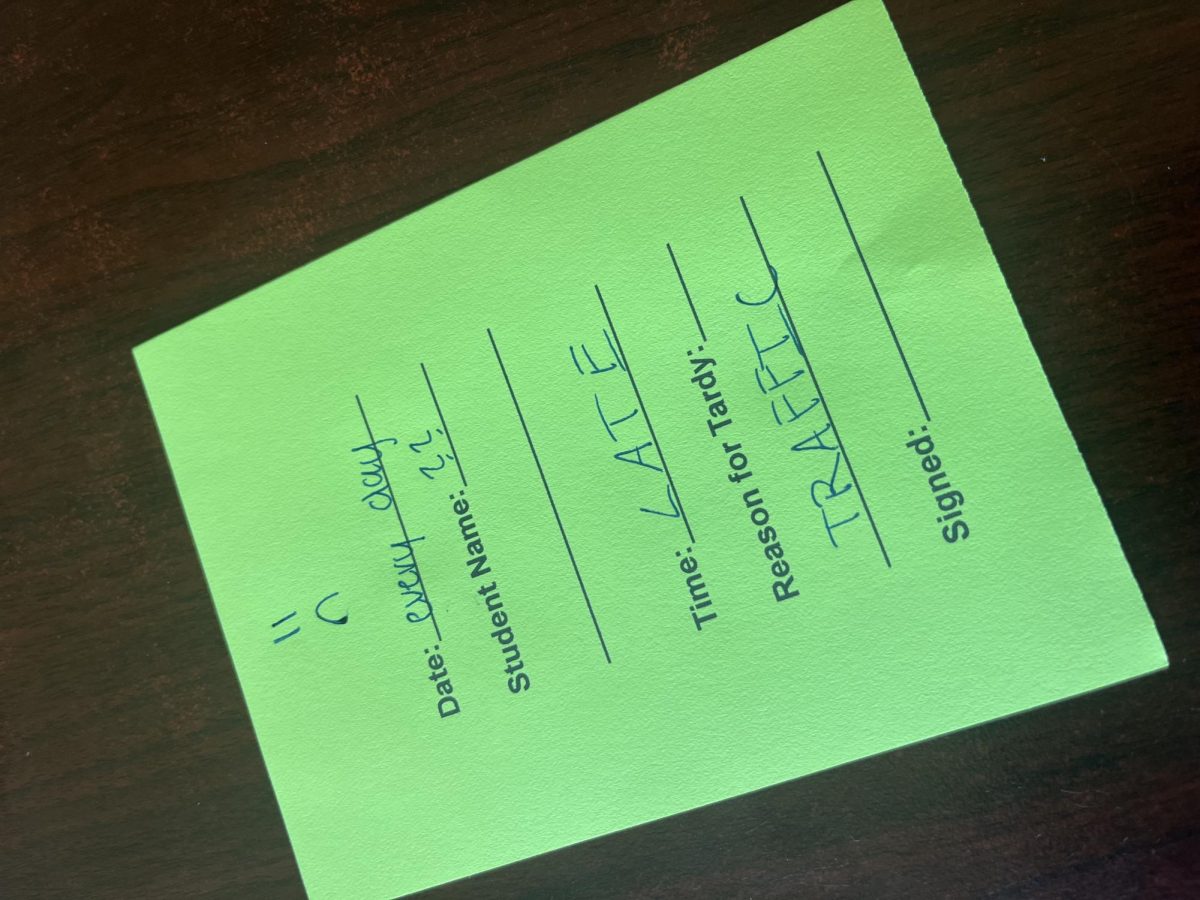In 2020, the University of California system decided to become test-optional, no longer requiring SAT or ACT scores for applicants. This shift was largely driven by COVID-19, which shut down in-person testing, but was also a reflection of the growing belief that standardized tests were an unfair barrier, especially for low-income and minority students. The decision wasn’t just about the pandemic—but alternatively about leveling the playing field for students who may not have had the same resources to prepare for these high-stakes exams.
Supporters of test-optional admissions argue that removing standardized test requirements gives students the opportunity to present a fuller picture of who they are. Instead of relying on one exam, students can showcase their academic performance, extracurricular activities, and personal essays. This approach aims to reduce pressure and open doors for students who might have struggled with test preparation, particularly those from under-resourced schools.
However, without standardized test scores, comparing applicants from different schools becomes more complicated. GPA inflation, which is when schools use lenient grading policies, makes it difficult to assess students on equal footing. Without the SAT or ACT as a universal standard measure, how can the UC system ensure that students from schools with vastly different grading standards are fairly evaluated?
The test-optional policy has placed more focus on GPA and extracurricular activities, but these can also be influenced by the specific opportunities available at different schools. Without a standardized test, comparing students from varying academic environments becomes a challenge.
As the test-optional policy evolves, its impact on fairness in admissions is still uncertain. Universities now face the challenge of evaluating academic preparedness without standardized test scores. Expanded AP exams or entrance essays could offer alternatives, but whether they provide a better measure remains to be seen.
Ultimately, while test-optional policies may provide new opportunities for some students, they don’t fully solve the fairness issue. The UC system’s decision reshaped the admissions landscape, but the challenge of fairly evaluating students from diverse academic backgrounds remains unresolved.










